Die Erfindung des Verderbens (1958) Online
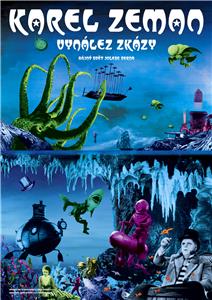
An evil millionaire named Artigas plans to use a super-explosive device to conquer the world from his headquarters inside an enormous volcano.
| Complete credited cast: | |||
| Lubor Tokos | - | Simon Hart | |
| Arnost Navrátil | - | Profesor Roch | |
| Miroslav Holub | - | Artigas (as Miloslav Holub) | |
| Frantisek Slégr | - | Kapitán pirátu | |
| Václav Kyzlink | - | Ing. Serke | |
| Jana Zatloukalová | - | Jana | |
| Rest of cast listed alphabetically: | |||
| Hugh Downs | - | Himself - Announcer (voice) |
The animation and production design of the film is intended to evoke the woodcut illustrations of the original Jules Verne novels.
Film uses a process dubbed "mysti-mation" that would influence many great filmmakers and animator to come - most notably Terry Gilliam.
The plot is loosely based on a lesser known Jules Verne novel "Face au Drapeau" (published in English as "Fcr the Flag" aka "Facing the Flag").
The close up shot of the big cannons on the cruiser that is sent to search the count's ship was inspired by a similar shot of the battleship Potemkin in Eisestein's 1927 silent masterpiece.
Almost 60 years after its production, this film is reportedly still the most successful Czech production internationally.
Director Trademark: [Karel Zeman][hats] When the island blows up, Count Artigas' hat is blown into the sky and then falls into the sea and sinks.
The American version in English is titled "The Fabulous World of Jules Verne" and has added footage at the beginning were Hugh Downs introduces the movie and its Mysti-Mation effects. Sometimes the part with Hugh Downs is cut out when shown on television.
The steam locomotive featured early in the film was an actual American design from the 1850s, and the steam automobile was also an actual French design called "Mancelle" from the 1870s.
Despite the high international (including the United States) acclaim for the works of Karel Zeman, this is Zeman's only feature film to receive a wide general theatrical release in the United States.
The original version has undergone a digital restoration.

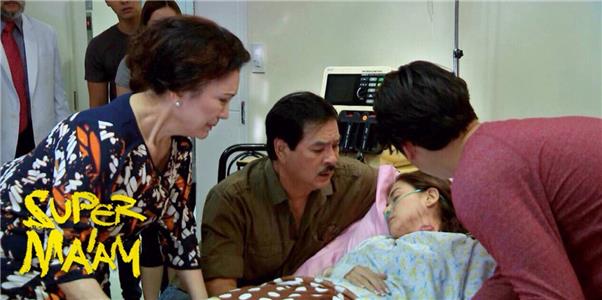

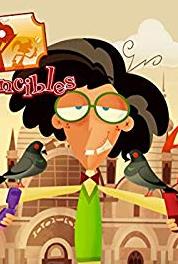

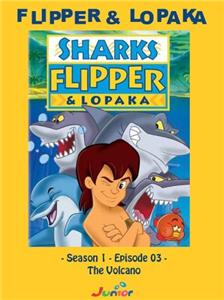

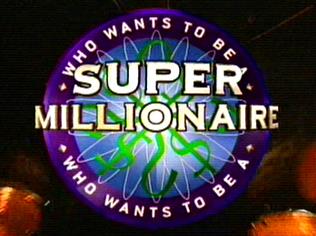

User reviews